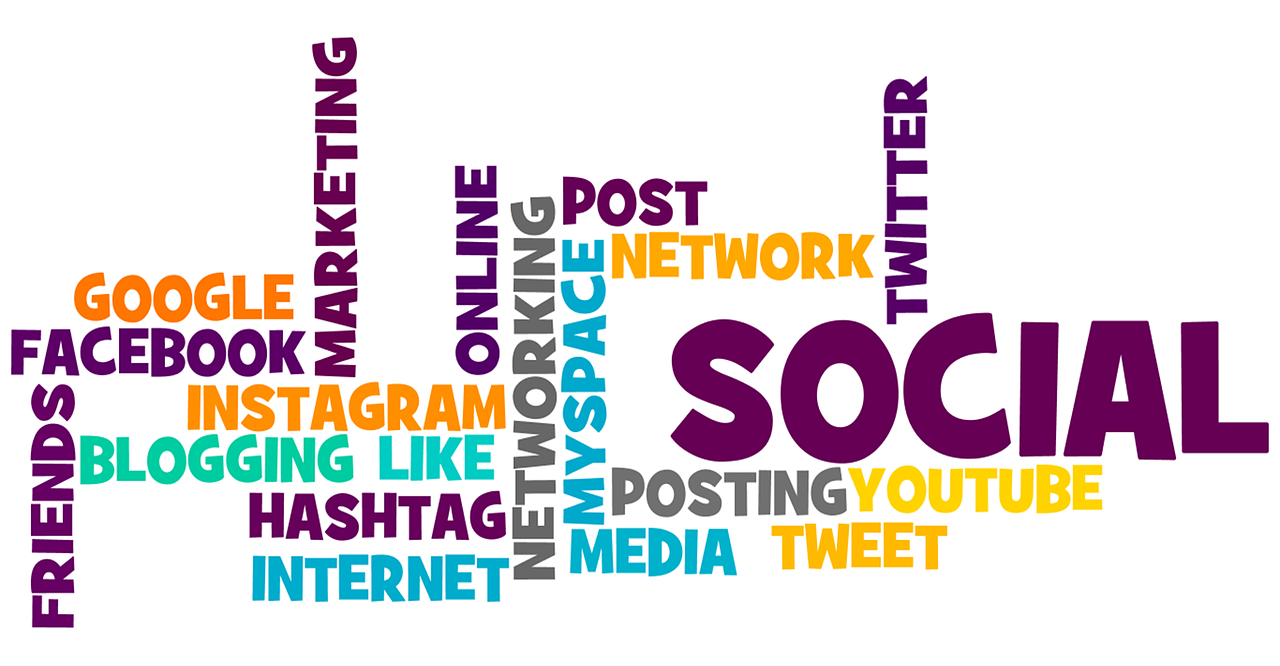The average attention span for an audience during a speech is 8-10 minutes. While focus groups are more participatory than a speech, distractions or an aloof respondent can disrupt research findings. Moderators must ensure total engagement in the conversation to prevent confusion and to keep the group on track. Moderators often use projective techniques during focus groups to not only change directions and keep respondents immersed in the discussion, but to uncover deeper or even subconscious perceptions, opinions and attitudes.
Word Associations
The Moderator provides an array of descriptive words and participants connect the words given with the topic or idea. This provides Moderators with a one-word synopsis for the respondent’s perception and allows respondents to quickly project their immediate thoughts.

Sentence Completion
Respondents are given incomplete sentences and asked to complete them. Reframing the questioning this way gets respondents to answer directly and in a way that may not typically express.
Brand Personification
Respondents are asked to describe a brand as a person. What are their personality traits? What do they look like? This uncovers brand perceptions on a deeper level that’s easier for some marketers to conceptualize.
Eulogy
The Moderator ask respondents to imagine the brand, product or service is no longer available. Then, respondents write a eulogy for the topic. They may cover how the topic has impacted their lives, memories with the topic, unique qualities that will be missed, etc. This encourages respondents to reach for emotional depth.
Third Person Projection
Respondents are asked to describe what others may feel about the topic. This encourages participants to project without feeling the need to cater to those in the room due to social desirability bias.
Imaginary Universe
Respondents imagine a world with ideal outcomes related to the topic. This encourages respondents to get creative, think abstractly, visualize and directly say what they’re looking for, consciously or subconsciously. This can be used for customer experience enhancement and new product development.
